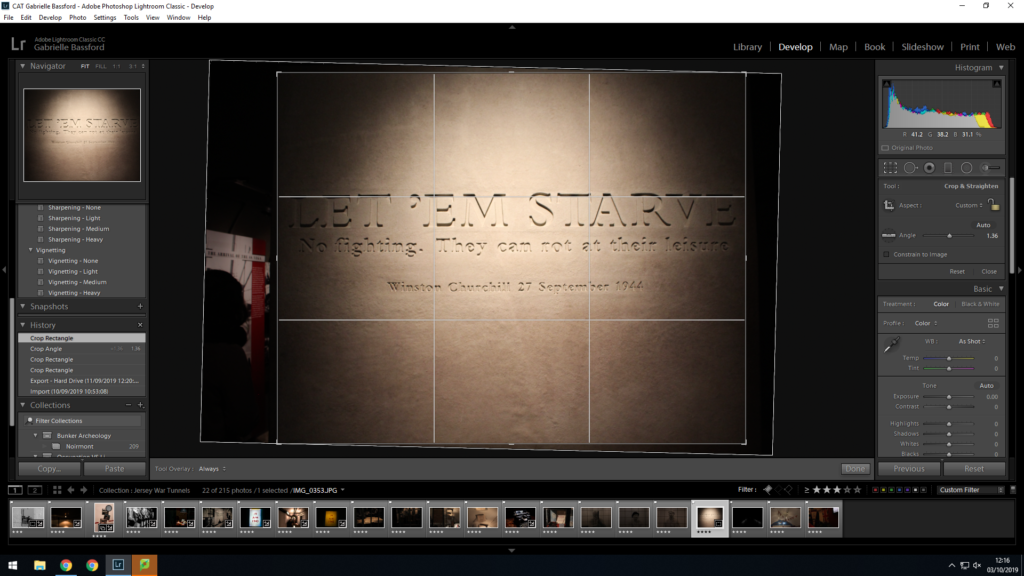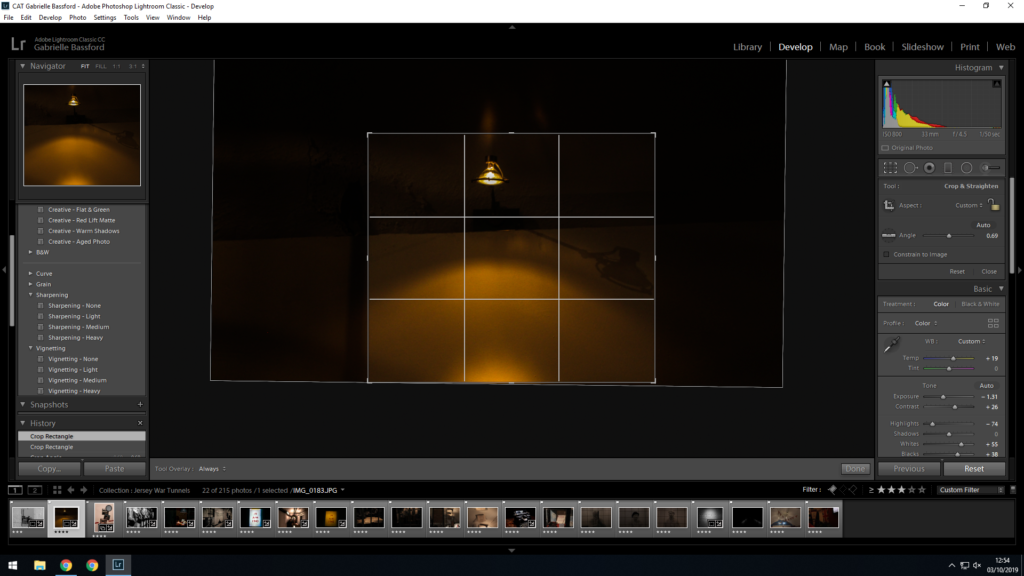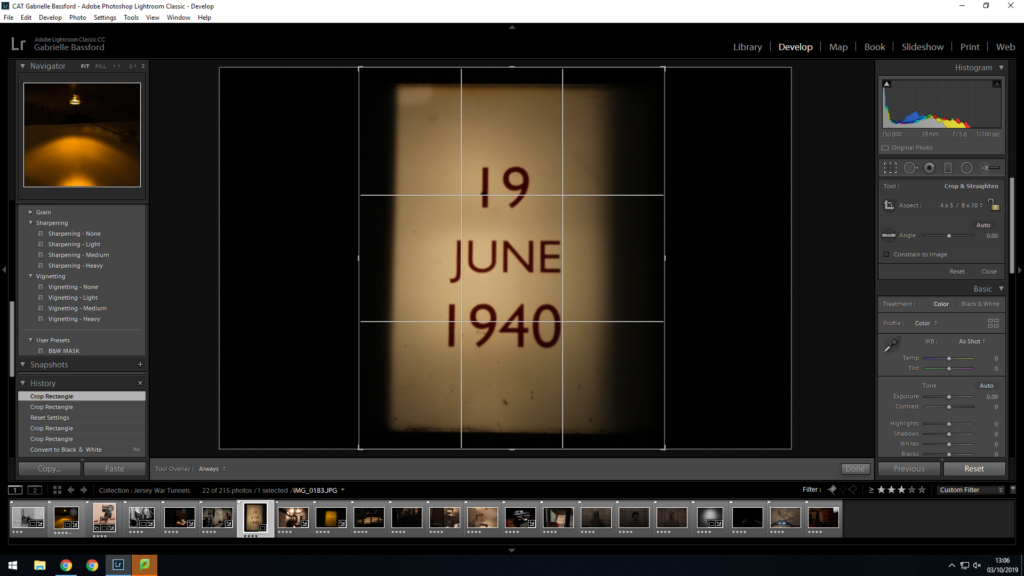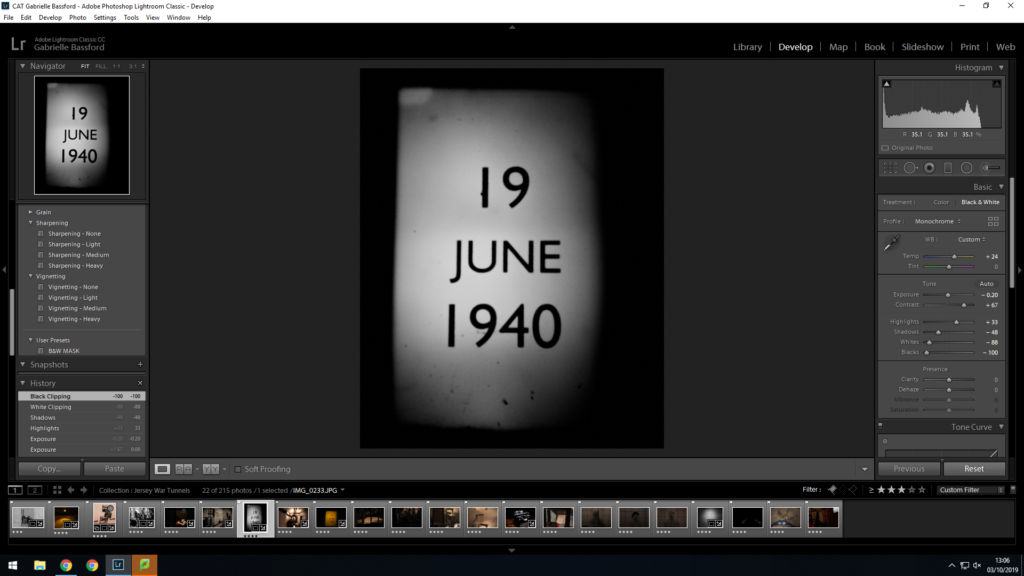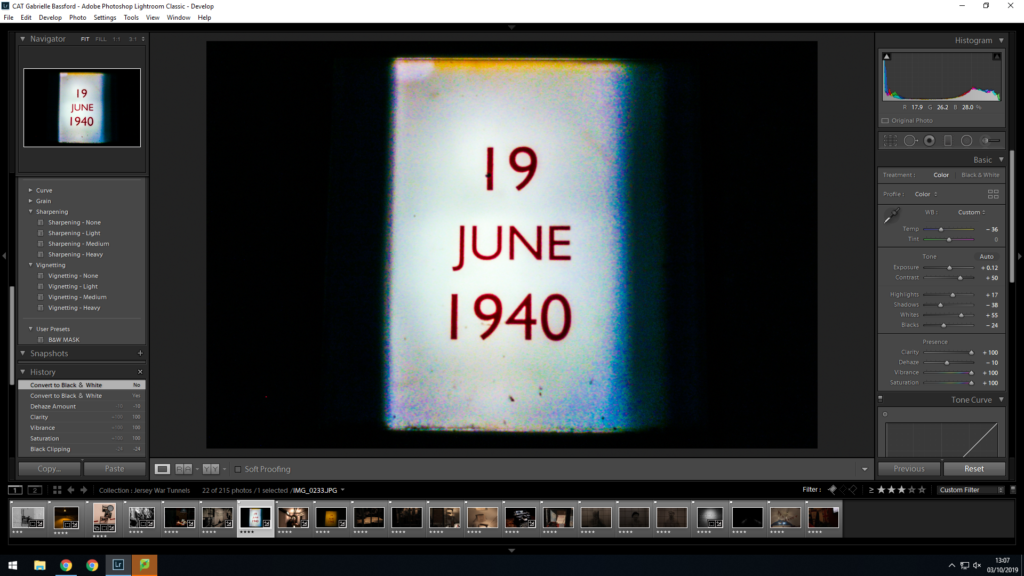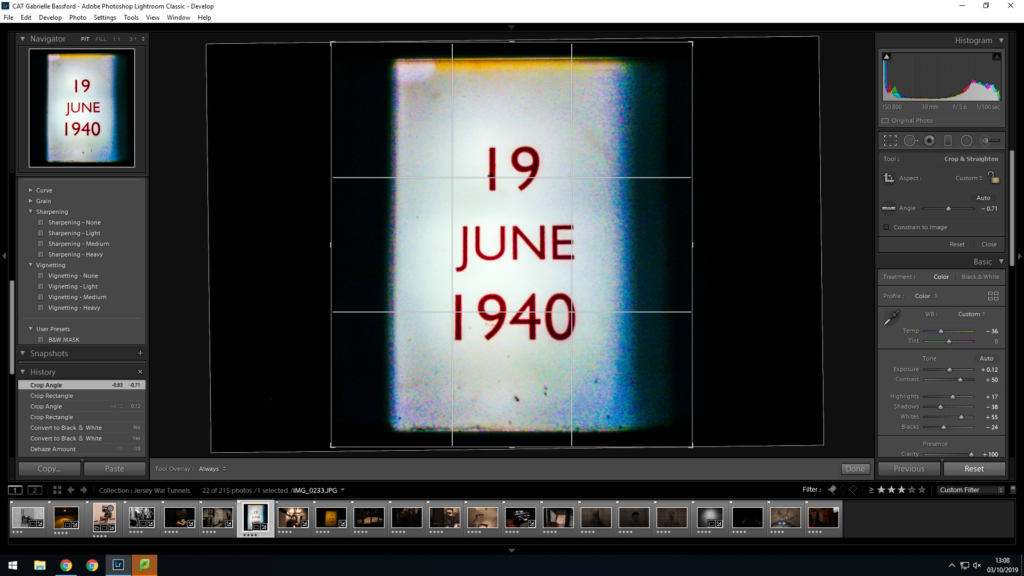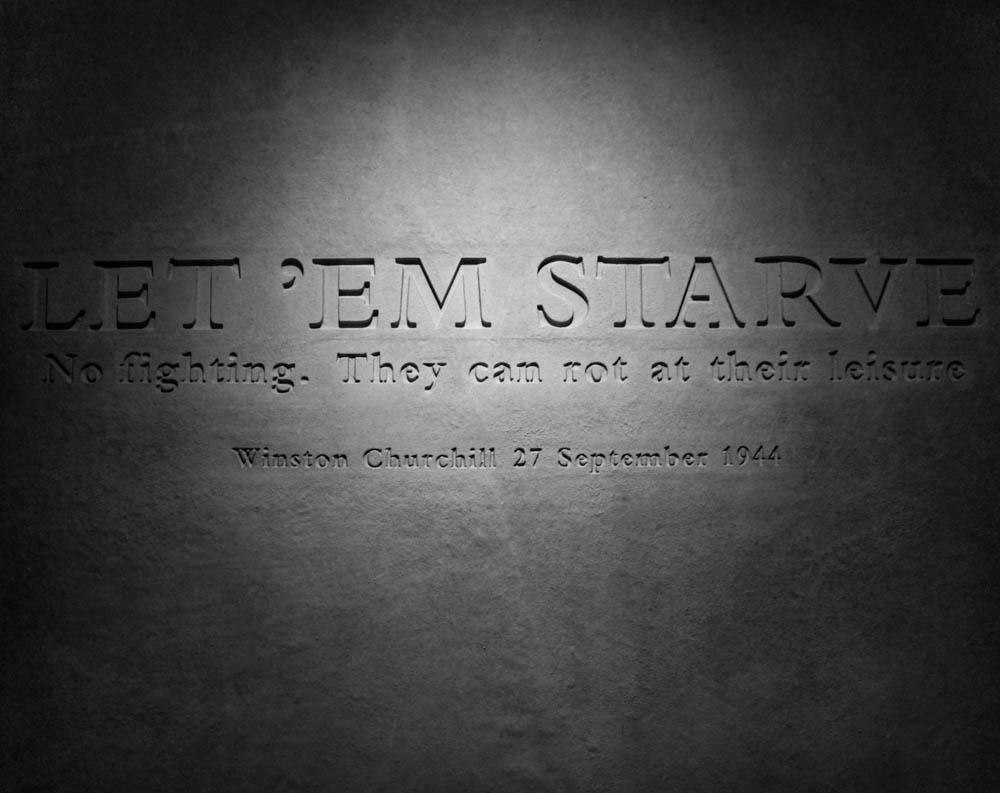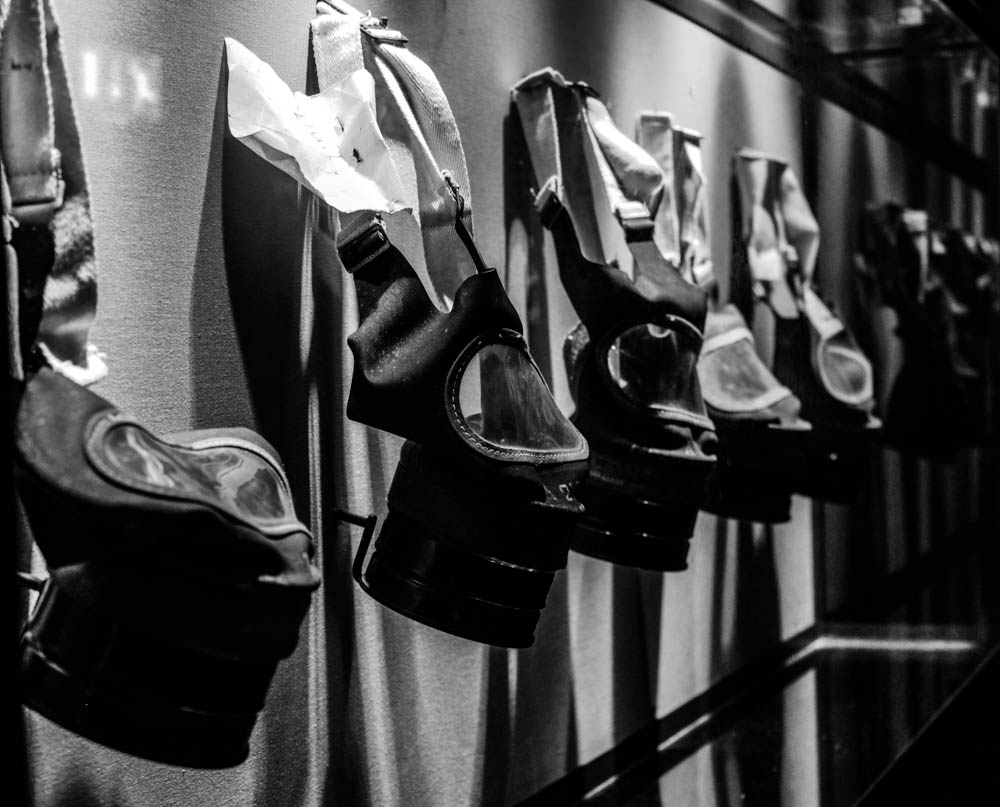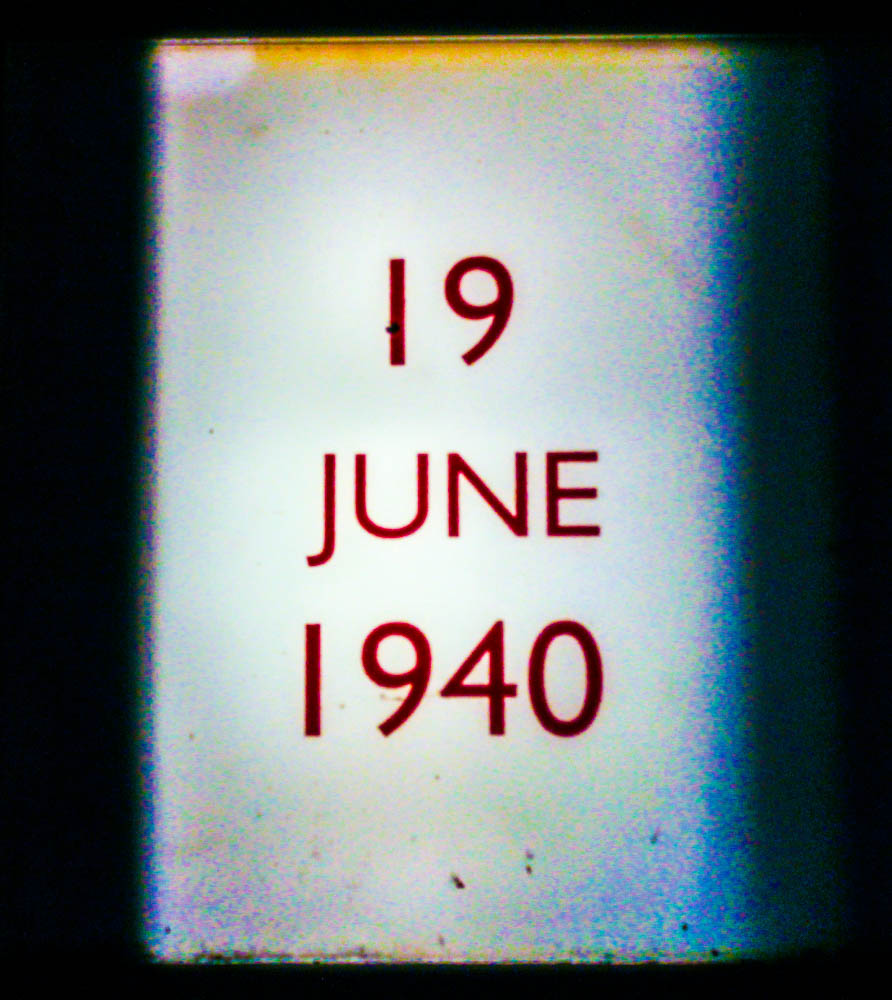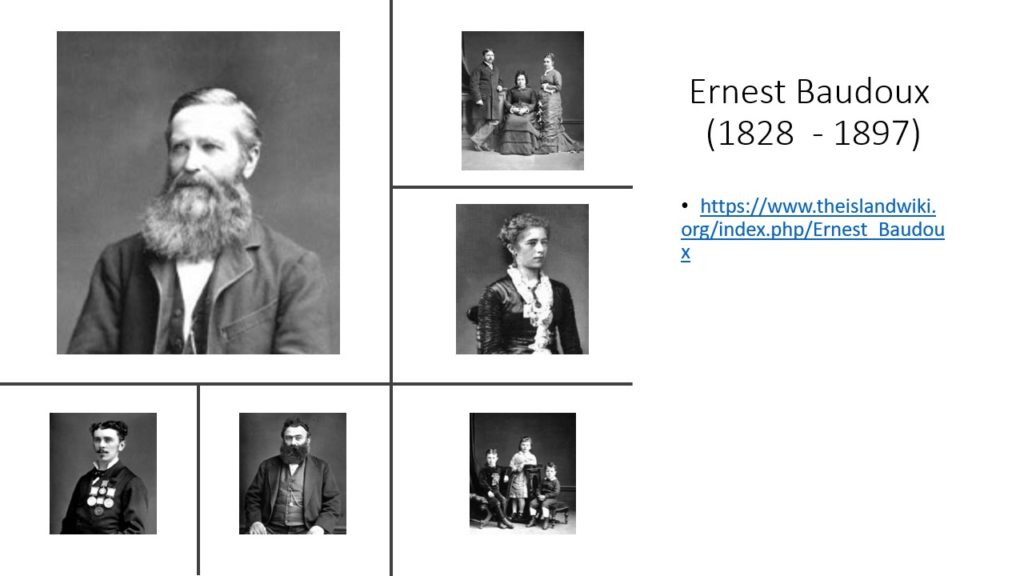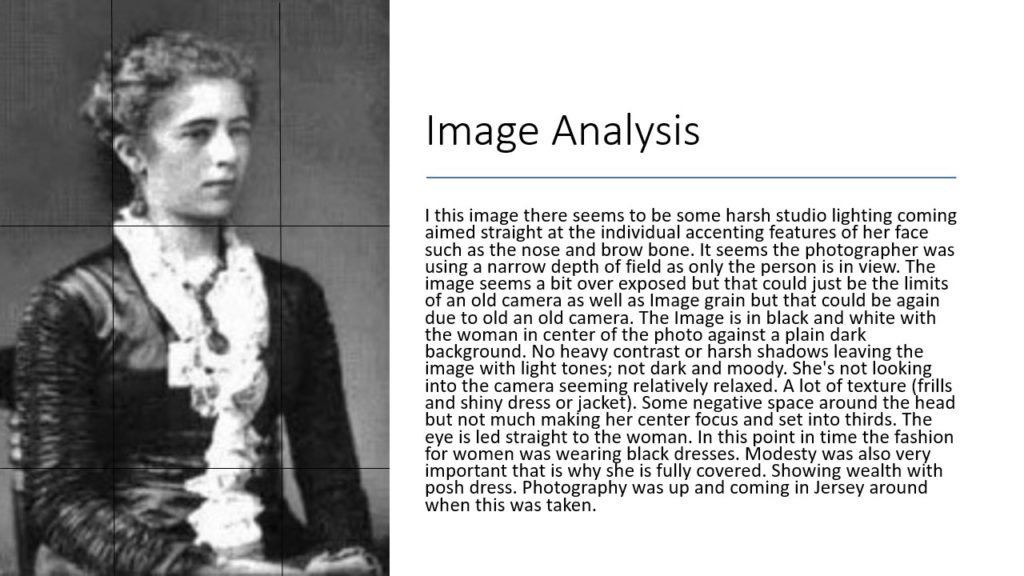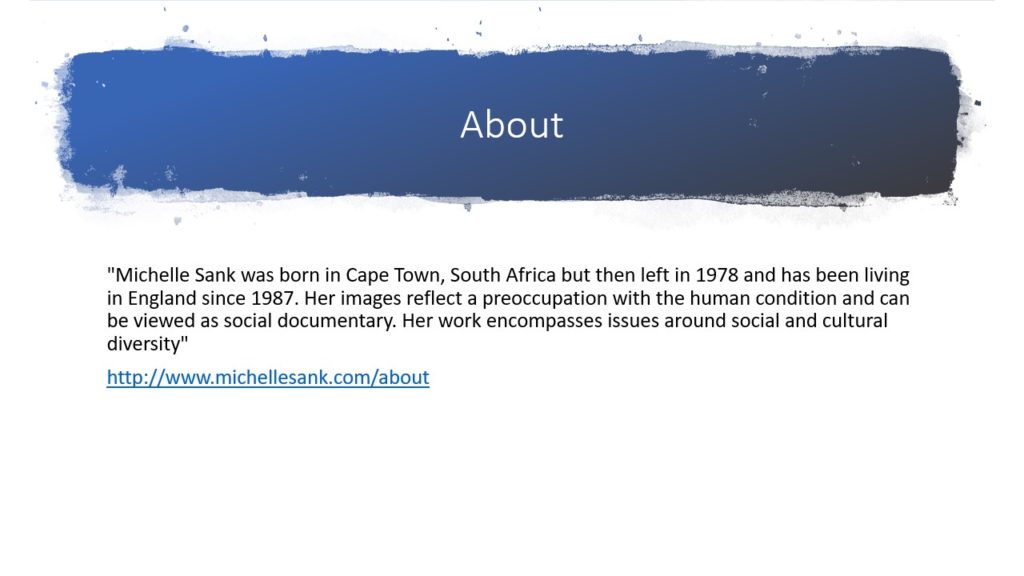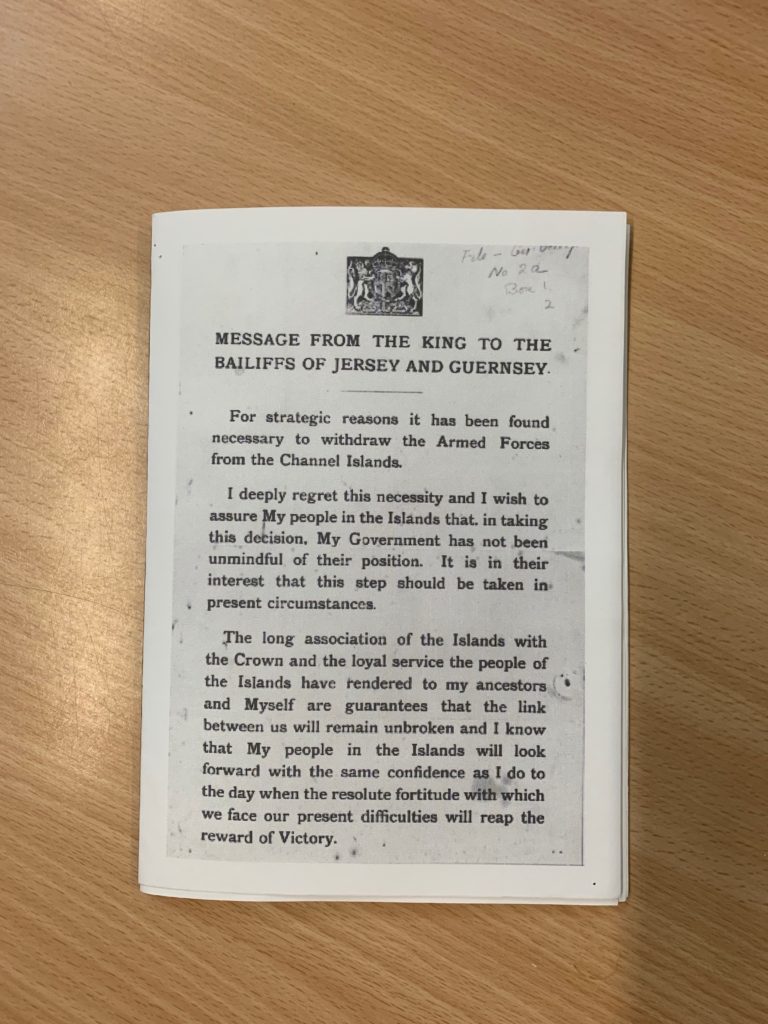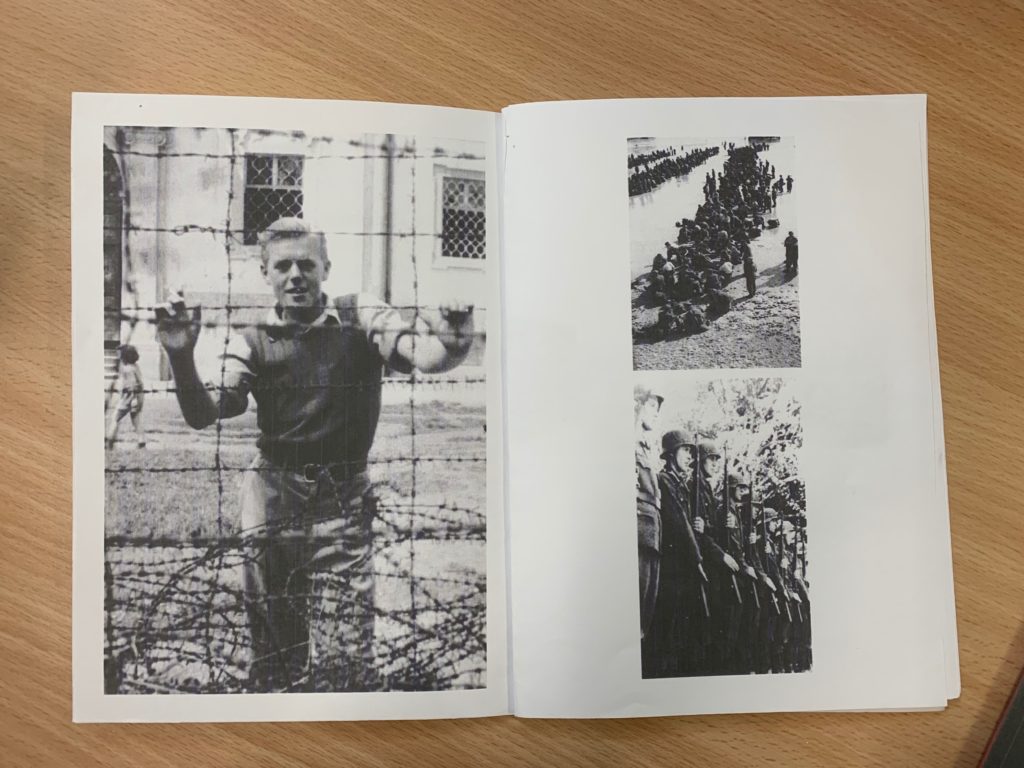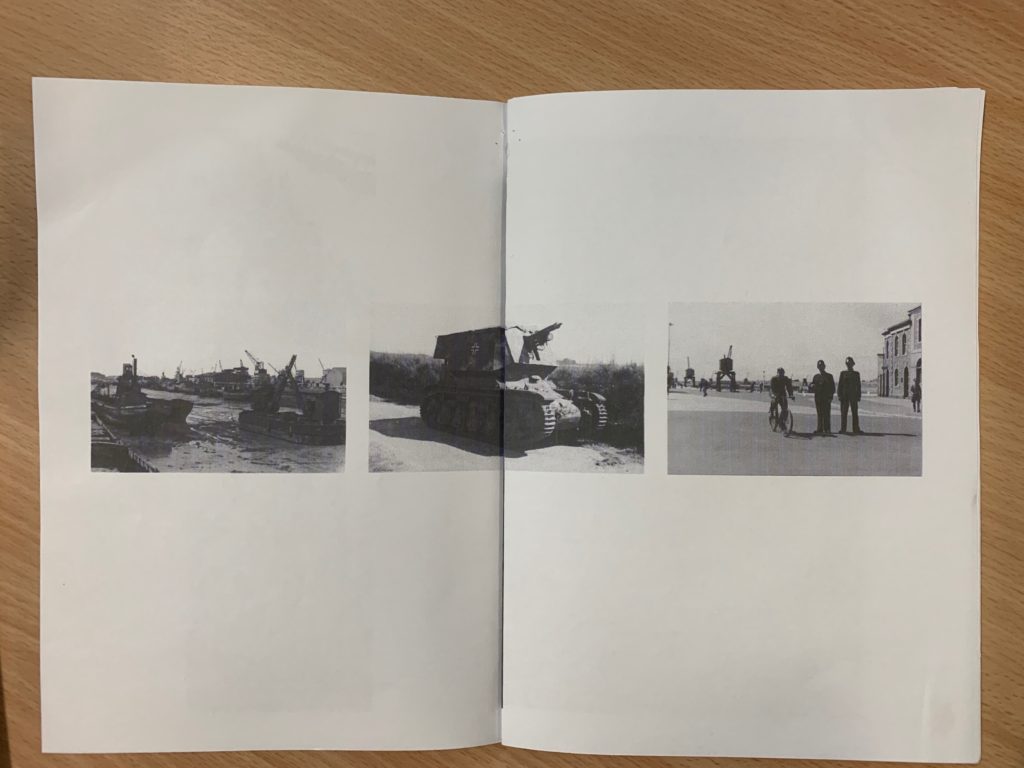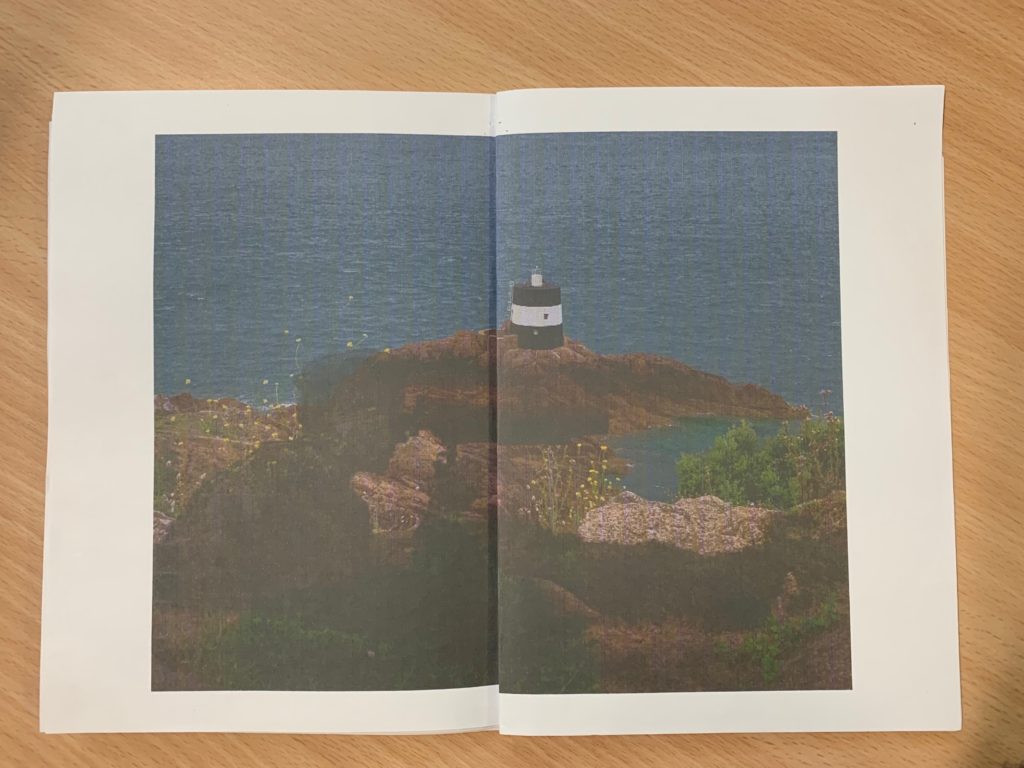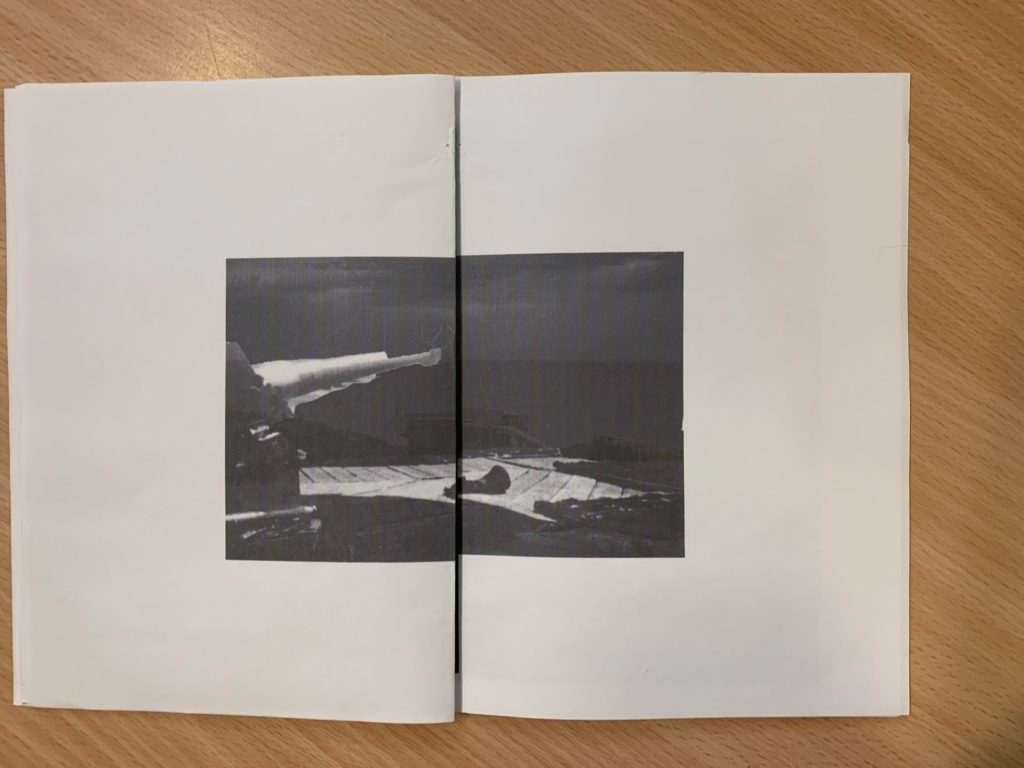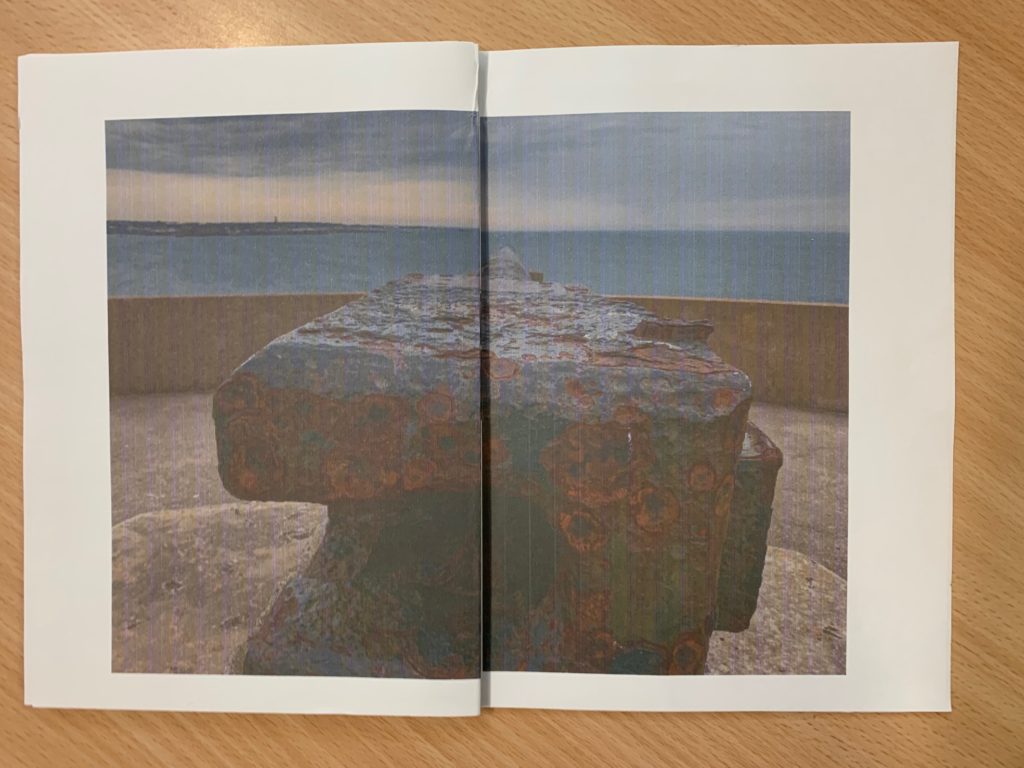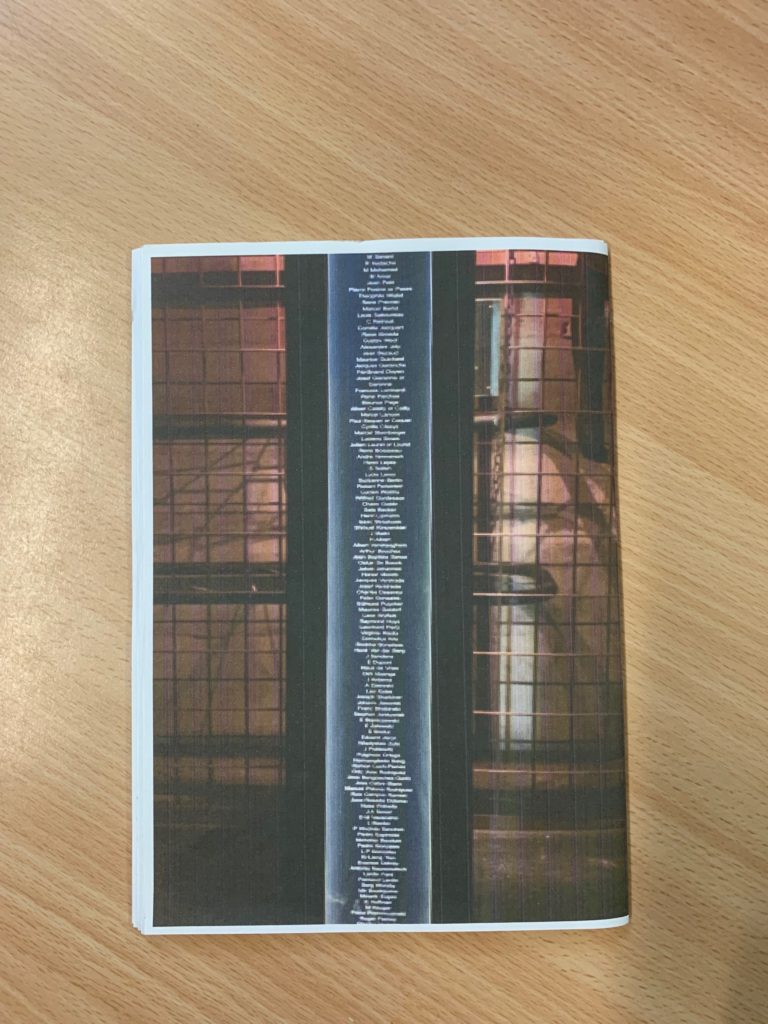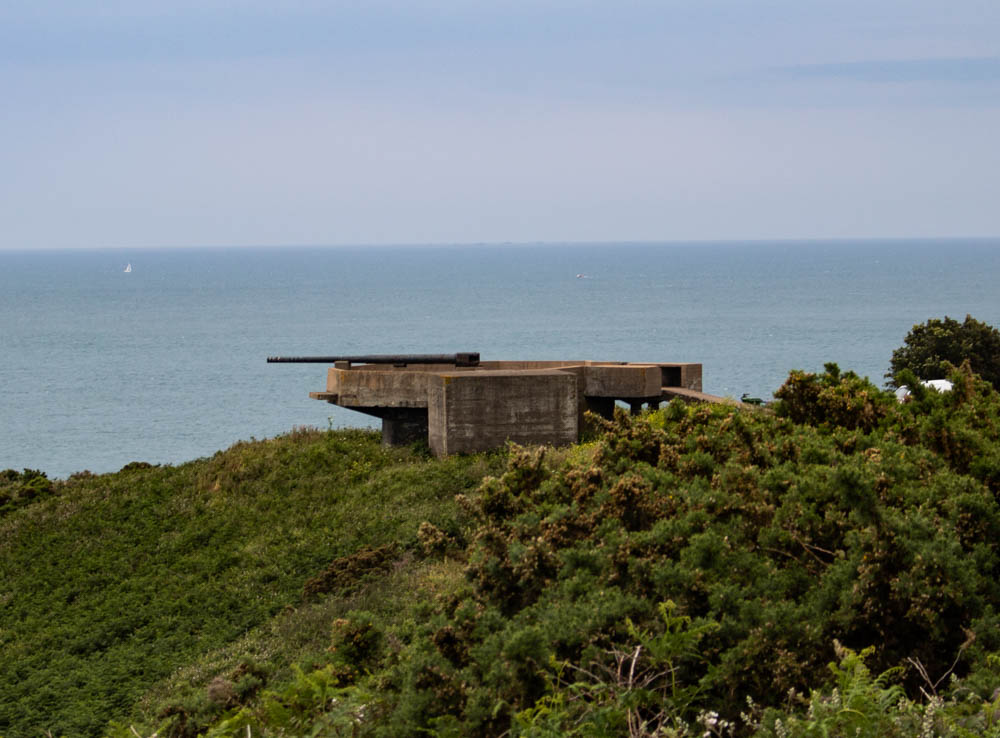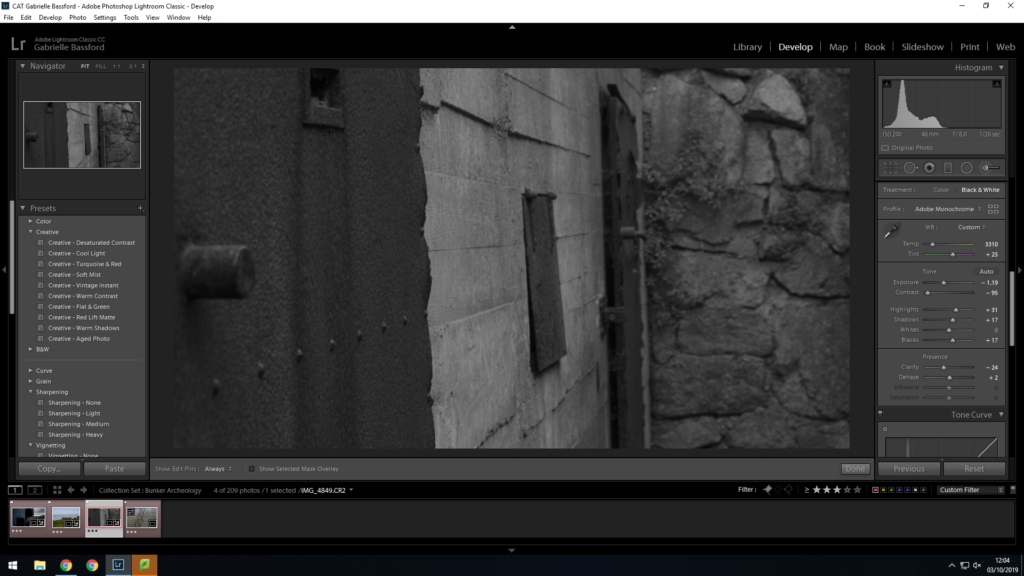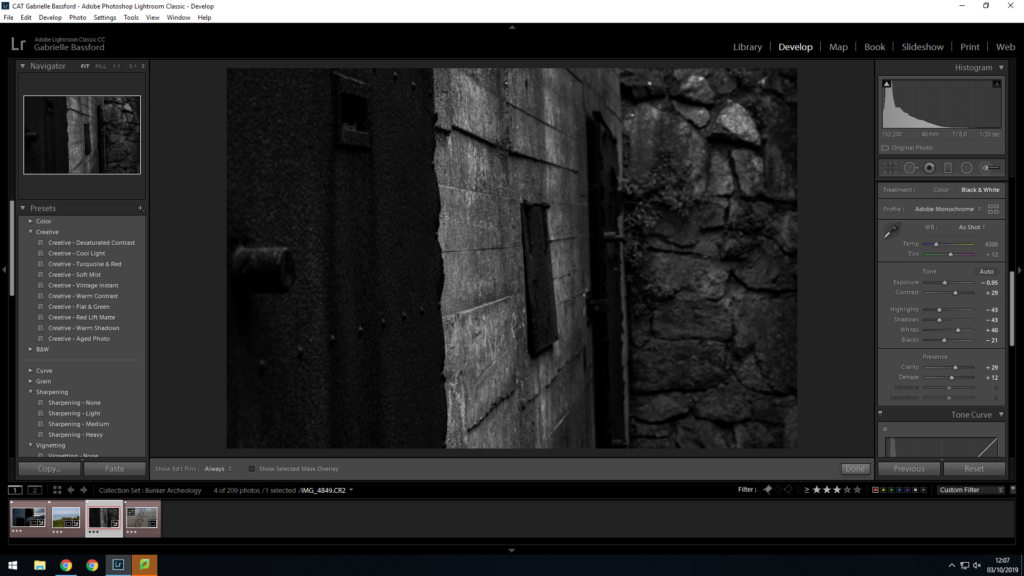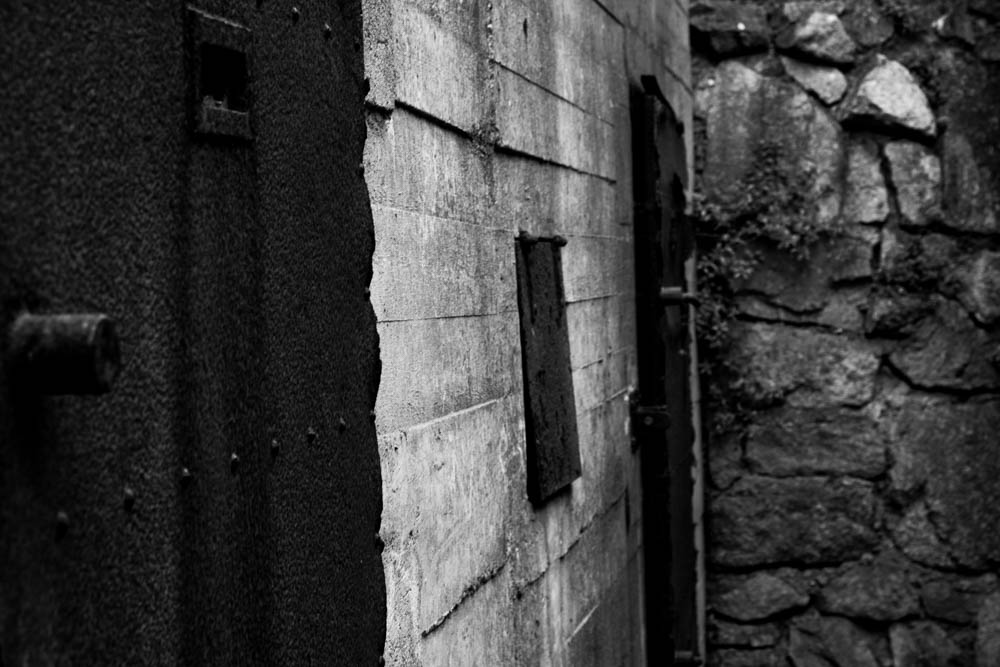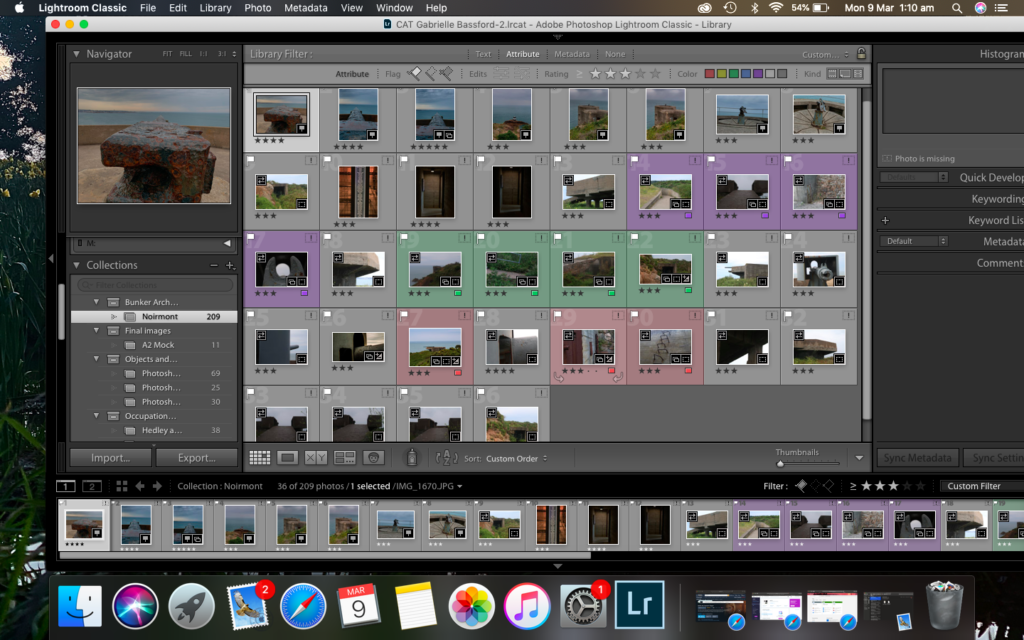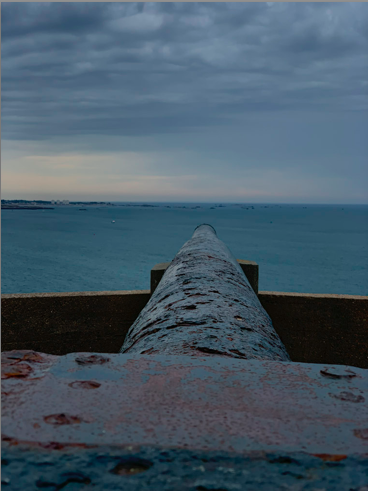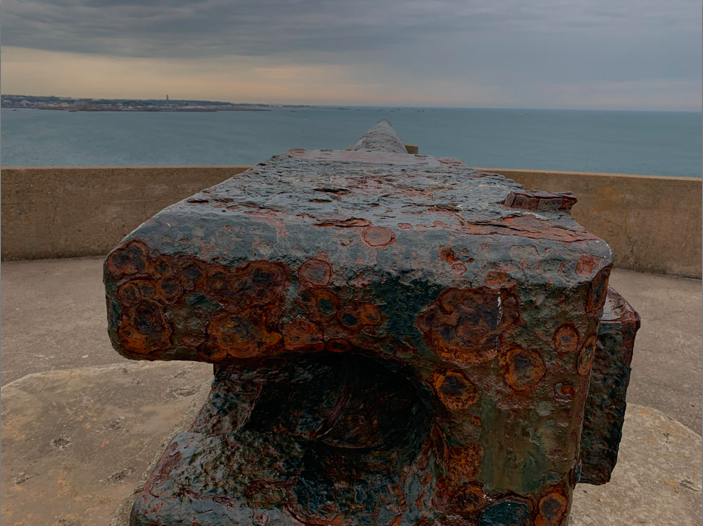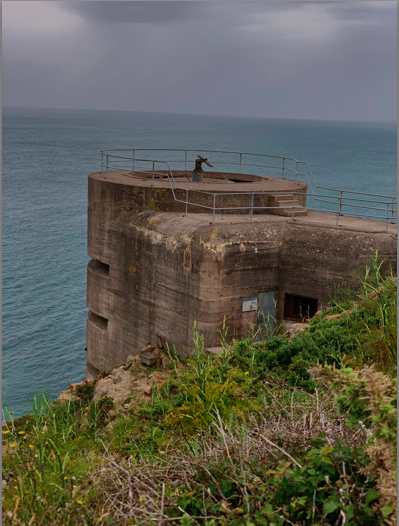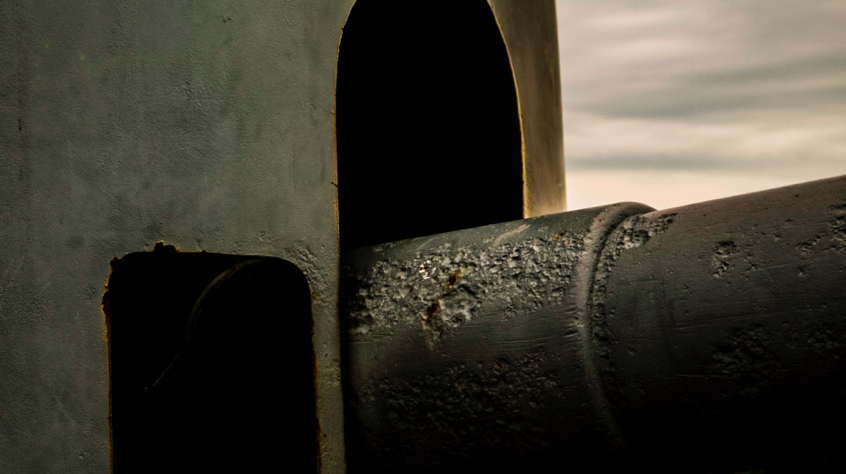Archives store photos documents and memories of the past safe in a certain and secure area. For example The Photographic Archive of the Société Jersiaise contains over 100,000 images dating from the mid-1840s to the present day. Archives however are not just physical, they can be a digital store of documents, texts and photographs. These can be public or private. The Jersey Archive also contains historical artists to help people for contextual reference when inquiring about a certain photo or book that has gained attention.
Archives may be useful in the future or to just allow people to see parts of their past, relive past events or help people find long lost relatives generations can connect with the past. Archives can give better understanding of history e.g occupation of Jersey. inspire people to create art and literature and as well as this aid in the creation of knowledge and the pursuit of this knowledge.
Archives are effective in storing the memories of the past as they are open two the public which allows for keen historians to access accurate and first-hand accounts of history. It also interests the public as for example the Jersey Archive hold seminars such as ‘Whats my street story?’, where in detail photos are shown of the specific street this can be of the houses or the occupiers of those houses.
Modern archives are also temperature and moisture controlled this allows for the perfect environment to ensure the longevity of the data and records this allows the possibility of generations reconnecting as they discover there ancestors. As well as this it perseveres these pieces of history in physical form which provides a tangible connection with history instead of just seeing a photo online or on some wikipedia page. This, in some respects, is much like a museum. Société Jersaise initial aim was to be a sort of photographic museum. A gallery such as this allow you to experience the different photos individually and as a collection this shows the differences in history thought the time period but all the individualism of the photographer in his style of photo as it is compared to many of the same time period.
photographs show a clear snap shot of a time in history and can be used to represent events or people show an contrast of opinion of certain historical events the photos may have the same focus which may be a person or historical occurrence but the positioning may show the difference in the photographers views on the subject. t photographs are very useful for historical research or documentaries. they can be used to understand and help photographers emulate certain time periods by use of contextual photos for reference this helps the photographer gain insight on the trend and how it came to be as well as the influences of that trend. cultures and influential trends visually instead of through word that sometimes can’t express truly something. they can be used personally and used as a reminder of family and friends or events that may create a strong feeling of nostalgia and give off a emotional response
in David bates book thomas struth one of the mentioned artists. it says he looks at the ‘social interactions between a modern audience and historical artwork’ and examines patterns of viewing art in museum. his photos show contrast between ‘historical paintings and their modern audience’
another artist mentioned is sophie calle. sregularly uses photographic archives to influence her work and ‘creates chronicles of daily life’. ‘hotel room 28’ shows evidential like monochrome photos juxtaposed with one singular colour photo of a hotel bed. the use of archives in this work gives a viewer understanding of the photo and how to interpret this which gives calle and authoritative voice over the images.
archives will enrich my personal study as i will be able to see how the landscape of jersey has changed physically from the nepoelionic times with the seamer towers to the building of the many castles. i will also see the change in the landscape such as the occupation and the many modern construction projects happening today. i hope to capture this change on photograph or at least be able to capture in detail and focus on the change in many of my photos. i will also be able to look at personal archives of my family and find stories that i may be able to use to influence my photographs such as the site at metropole which i can use the detailed documents in its possetion archive to help me research this building an find photos of this site in the 1940s under the german occupation and contrast this to the modern building and possibly recreate some of these almost as a dedication.
it has been useful gaining insight into herseys history and therefore understanding todays society more. it all means in the future i can go back and look at the archives fo future inspiration and help me with my photographical or historical studies. i have learnt through this more about the rich and varied history of this island of jersey it has been insightful to use the archives and fin out how useful they can be in many areas including documentative, scientific, historical, artistic and personal reasearch. i have learned as well that the archives are not just physical but are everywhere on our island in the form of new digital medias.
